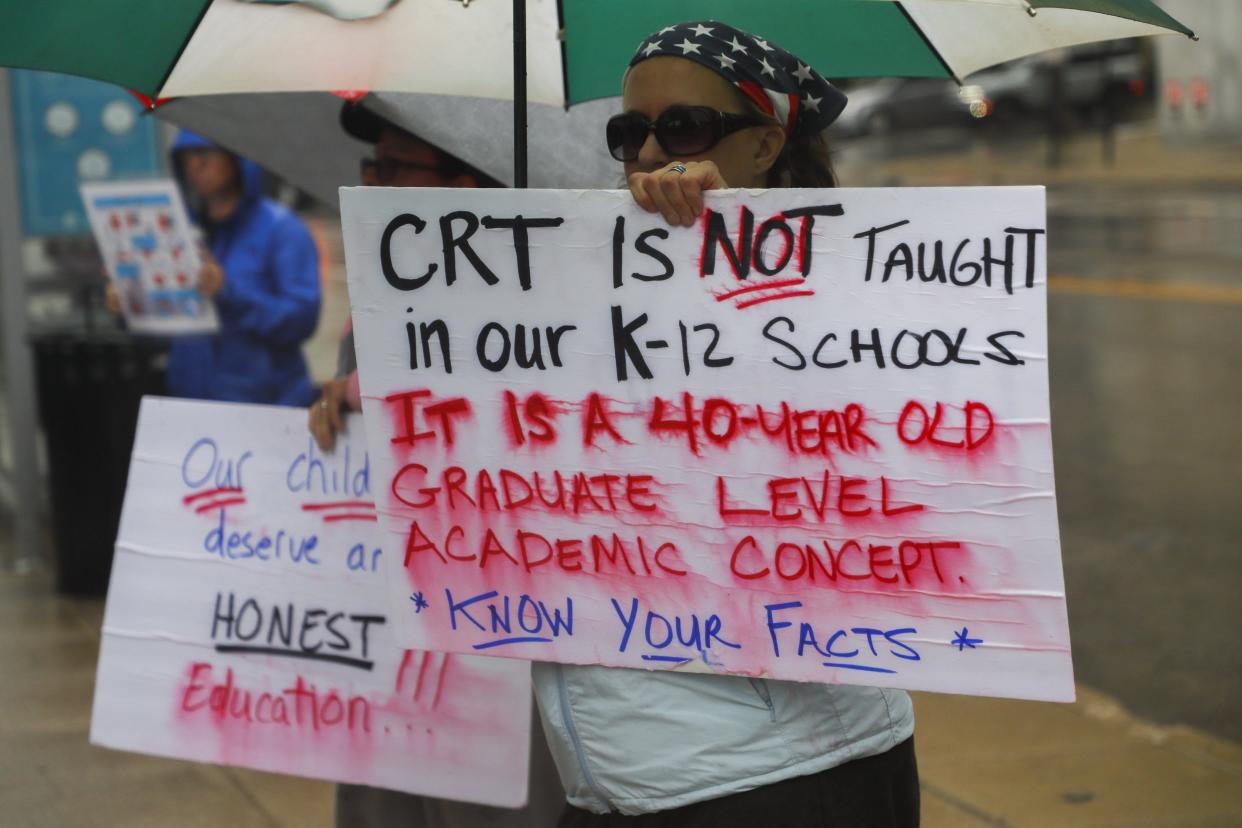State board of education sent clear message: Black and brown kids don't matter

Three weeks ago, The Dispatch reported on the unfortunate decision of the Ohio State Board of Education to repeal Resolution 20, or the anti-racism resolution.
In addition to condemning systemic racism, the resolution committed to reexamining the curriculum and conducting implicit bias trainings.
More: Ohio State Board of Education repeals its anti-racism resolution
While the proponents of the replacement, Resolution 13, would like you to believe it was adopted “without prejudice, respect to race, ethnicity or creed,” as its namesake suggests, the resolution sends a clear message of apathy toward the educational needs and experiences of Black, Hispanic, Asian and Native American/Indigenous families in their districts.

At the time of its passing, the board of education’s anti-racism resolution was one of thousands of public commitments to address systemic discrimination that owed their origins to public resistance following the deaths of George Floyd and Breonna Taylor. Ohioans were left to hope against all odds that the commitment’s words were not empty. However, that hope fell on closed ears.
More: Ohio Board of Education president Laura Kohler to resign over anti-racism resolution
So, were the board members who worked to repeal this resolution not listening?
Or do they just not care?
The board had every opportunity to learn more about racial disparities in statewide education data.
More: Is critical race theory an attack on 'whiteness' and American values?
They heard from Ohio educators and experts, who presented evidence of these inequities. Some of these experts included Dr. Hasan Kwame Jeffries, associate professor of history at Ohio State University, Melissa Cropper, president of the Ohio Federation of Teachers, and Melvin Brown, superintendent of Reynoldsburg City Schools, who spoke in support of the anti-racism resolution during the October 2020 board meeting.
More: DeWine replaces Ohio Board of Education members after they resign over anti-racism resolution
I also had the opportunity to present research on disparities in school discipline, implicit bias and best practices to promote equitable school policy as a breakout during the board meetings in September and October.
Taking part in this training was voluntary for board members, and perhaps ironically, those who were most strongly opposed to the idea of equity trainings did not even attend to learn more about what it actually entailed.
Despite some members’ opposition to equity trainings, the board itself noted its “concern” about racial disparities in the new resolution.
The board acknowledged persistent racial gaps within Ohio student performance data and its poor progress to close them.
They also acknowledge that these gaps may widen following the pandemic in a way that is “likely to have devastating effects on their future and on the future of the state.” The awareness of the problem is undisputed — the board was listening after all.
Yet, in the same page and a half that the board takes to acknowledge that Black and brown students experience holistically worse educational outcomes than their white counterparts, Resolution 13 establishes that those concerns are not worth addressing. Instead, teachers, parents and administrators must acquiesce to the reality that racial achieving gaps are an acceptable cost of doing business.
More: Distrust, disinformation, dark money: Who's trying to sway Worthington school board race?
Repealing the anti-racism resolution sends a clear signal to students of color across Ohio: Their needs, their circumstances and their very existence are not valued enough to warrant a departure from the status quo.
This is more than a symbolic loss.
The board has diminished the power of its members who have worked tirelessly to support the needs of racially, ethnically and economically diverse constituencies. Repealing the resolution does a tremendous disservice to students and ignores the growing diversity of youth across Ohio, even in rural districts.
Those who supported the anti-racism resolution were right to believe that its commitment to intervene against well-documented inequalities should not be swayed by tumultuous social and political tides.
When will the rest of our leaders commit to doing the hard work to get us there?
Kelly Capatosto, is a juris doctor degree candidate at Harvard Law School and an intern at the Schumacher Center for New Economics. She is a former employee of The Kirwan Institute for the Study of Race and Ethnicity and co-author of “Implicit Bias in Schools: A Practitioners Guide.”
This article originally appeared on The Columbus Dispatch: Ohio board of education repeal of anti-racism resolution a disservice

